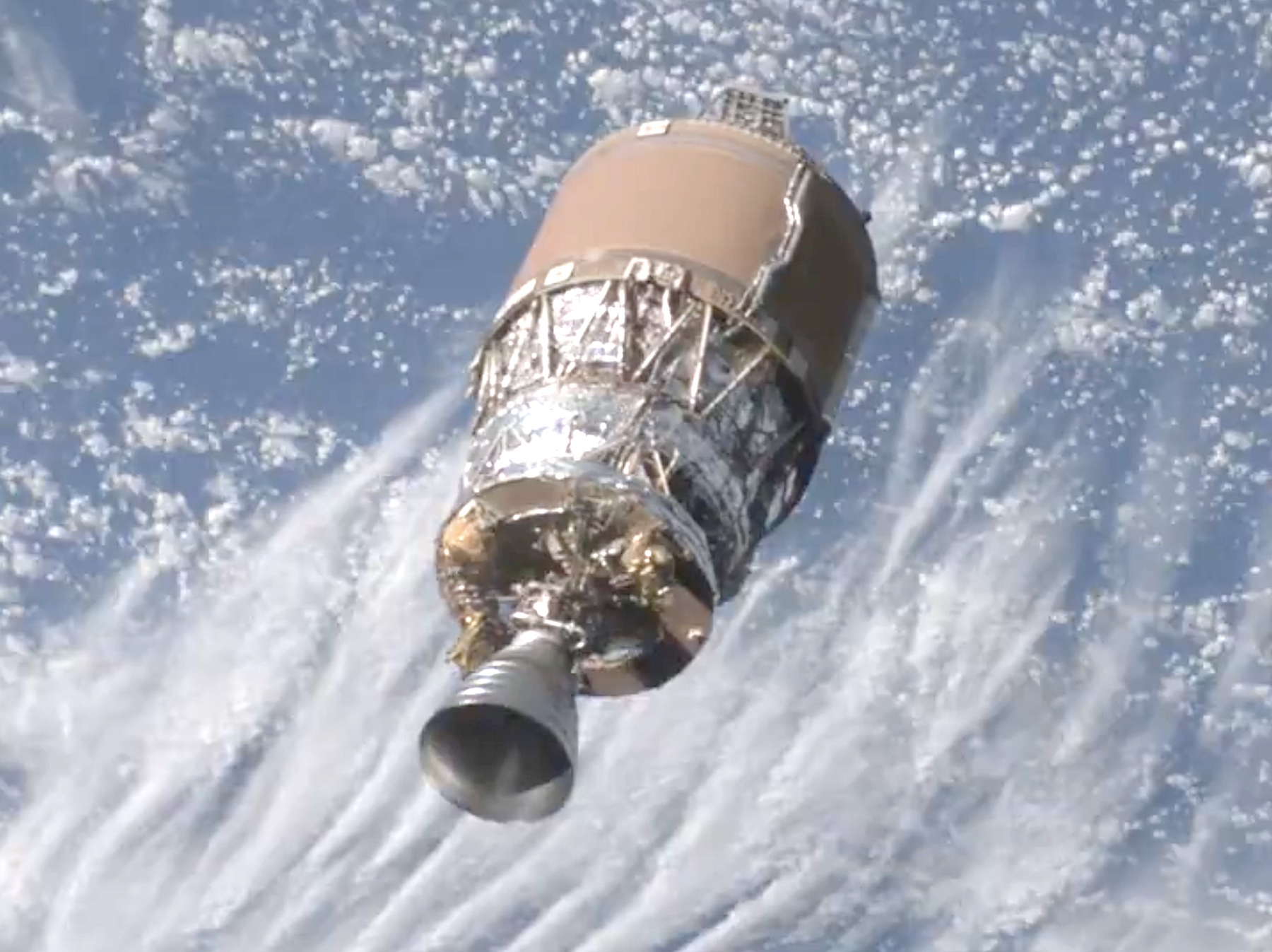China, on the other hand, frequently abandons upper stages in orbit. China launched 21 of the 26 hazardous new rocket bodies over the last 21 months, each averaging more than 4 metric tons (8,800 pounds). Two more came from US launchers, one from Russia, one from India, and one from Iran.
This trend is likely to continue as China steps up deployment of two megaconstellations—Guowang and Thousand Sails—with thousands of communications satellites in low-Earth orbit. Launches of these constellations began last year. The Guowang and Thousand Sails satellites are relatively small and likely capable of maneuvering out of the way of space debris, although China has not disclosed their exact capabilities.
However, most of the rockets used for Guowang and Thousand Sails launches have left their upper stages in orbit. McKnight said nine upper stages China has abandoned after launching Guowang and Thousand Sails satellites will stay in orbit for more than 25 years, violating the international guidelines.
It will take hundreds of rockets to fully populate China’s two major megaconstellations. The prospect of so much new space debris is worrisome, McKnight said.
“In the next few years, if they continue the same trend, they’re going to leave well over 100 rocket bodies over the 25-year rule if they continue to deploy these constellations,” he said. “So, the trend is not good.”
There are technical and practical reasons not to deorbit an upper stage at the end of its mission. Some older models of Chinese rockets simply don’t have the capability to reignite their engines in space, leaving them adrift after deploying their payloads. Even if a rocket flies with a restartable upper stage engine, a launch provider must reserve enough fuel for a deorbit burn. This eats into the rocket’s payload capacity, meaning it must carry fewer satellites.
“We know the Chinese have the capability to not leave rocket bodies,” McKnight said. One example is the Long March 5 rocket, which launched three times with batches of Guowang satellites. On those missions, the Long March 5 flew with an upper stage called the YZ-2, a high-endurance maneuvering vehicle that deorbits itself at the end of its mission. The story isn’t so good for launches using other types of rockets.
“With the other ones, they always leave a rocket body,” McKnight said. “So, they have the capability to do sustainable practices, but on average, they do not.”

A Japanese H-IIA upper stage imaged by Astroscale’s ADRAS-J spacecraft last year.
Credit:
Astroscale
Since 2000, China has accumulated more dead rocket mass in long-lived orbits than the rest of the world combined, according to McKnight. “But now we’re at a point where it’s actually kind of accelerating in the last two years as these constellations are getting deployed.”
Source link
